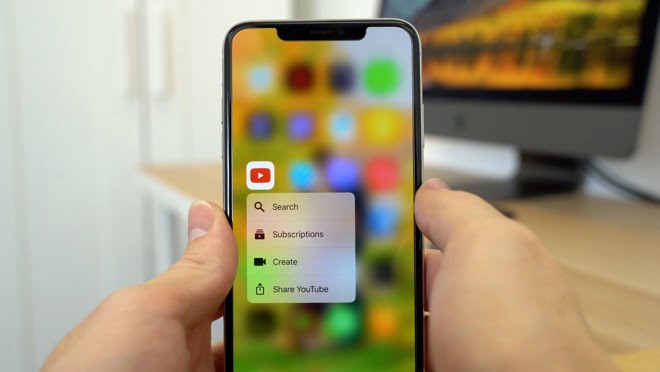Apple’s iPhone has continually led the way in smartphone innovation, offering users cutting-edge capabilities and a unique user experience. Haptics is one such element that has attracted a lot of interest recently. The advanced technology that allows users to experience tactile feedback through vibrations and tiny movements is known as “haptics” on the iPhone. In this post, we will go into the world of haptics on the iPhone, looking at its features, advantages, and how it improves user engagement. Let’s set out on a voyage to learn more about the haptics-enhanced, fully immersive touch experience that the iPhone offers.
1. Comprehending haptics
Technology that imitates the sense of touch by exerting stresses, vibrations, or motions on the user is known as haptics. The exact management of vibrations generated by the iPhone’s Taptic Engine falls under the purview of haptics technology. For a more realistic and interesting user experience, this engine uses a linear actuator to generate small vibrations and haptic input.
2. The Function of Haptics in User Engagement
The iPhone’s haptics function improves user engagement by adding tactile feedback to visual and acoustic information. It makes the experience more intuitive and immersive by allowing users to feel a response while they carry out various operations on their devices. Haptics, for instance, can simulate the feeling of impact or provide directional cues, heightening the overall gaming experience.
3. Haptics and Accessibility
The impact of haptics on accessibility is one of the iPhone’s major benefits. Apple has consistently worked to ensure that its products are usable by people with impairments, and haptics is a key component in reaching this goal. Haptic feedback can offer important indicators and notifications for users who are blind or visually impaired, helping them utilize the device more efficiently. Additionally, by substituting or complementing audio-based notifications with vibrations, haptics can help people who have hearing loss avoid missing any crucial warnings or calls.
4. Individualising Haptic Feedback
To accommodate personal preferences, Apple has built a variety of haptic feedback choices inside the iPhone. Users can choose a setting that suits them by customizing the haptic feedback’s intensity and duration. Additionally, app developers can use the Core Haptics framework to design distinctive haptic experiences for their programs. This adaptability enables users to customize their haptic feedback to their unique needs and tastes, giving their iPhone experience a more personalized feel.
5. Applications for Haptics in the Real World
The iPhone’s haptics feature goes beyond simple accessibility and entertainment. The technology has applications in a variety of real-world situations. When navigating turn-by-turn, the Maps app, for instance, uses haptics to deliver tactile input. Users can set up specific vibrations to alert them to approaching turns, ensuring that they never miss an exit while maintaining complete focus on the road. Haptic cues for progress milestones can also be used in health and fitness apps, which will increase user motivation and engagement while exercising.
Final Thoughts
The iPhone’s haptics have completely changed how we engage with technology. Haptics produces a more engaging and intuitive user experience through precise vibrations and tactile feedback. Haptic feedback improves our interactions and gives us a sense of confirmation and engagement, whether we’re typing, playing a game, or navigating. Additionally, haptics is essential to increasing the accessibility of iPhones for people with disabilities, ensuring that no one is left behind. Future iPhone models will feature ever more realistic and powerful touch experiences thanks to haptics as Apple pushes the boundaries of technology. So, the next time your iPhone gently vibrates, remember how powerful haptics are at bringing your smartphone to life.



